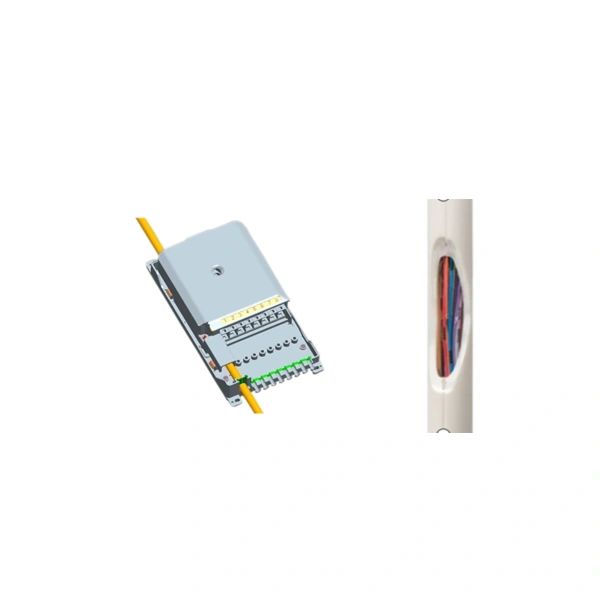Understanding the Importance and Considerations for Terminal Equipment

Selection and installation of terminal equipment for indoor optical cables play a crucial role in ensuring a seamless and efficient network infrastructure. As technology advances, it becomes more important to choose the right equipment for transmission, termination, and protection of indoor fiber optic cables. This article will guide you through the process and considerations for selecting and installing terminal equipment, providing a comprehensive understanding of this vital aspect of network management.
1. Evaluation of Needs and Specifications
Before proceeding with the selection and installation of terminal equipment, it is imperative to evaluate the specific needs and requirements of your network. Consider factors such as transmission speed, connectivity types, and compatibility with existing network infrastructure. This evaluation will determine the type and specifications of the terminal equipment required.
During the evaluation process, it is essential to consider the anticipated growth of your network. Opt for terminal equipment that allows scalability and future expansion, ensuring a cost-effective and future-proof solution. Additionally, take into account any unique requirements or constraints imposed by the environment in which the equipment will be installed.
2. Types of Terminal Equipment
There are various types of terminal equipment available in the market, each catering to specific network requirements. Here, we outline some common types:
2.1 Optical Distribution Frame (ODF)
An ODF is a critical component that facilitates connections between optical fibers and distribution cables. It provides a centralized point for managing and organizing numerous connections, ensuring ease of maintenance and efficiency during network operation. ODFs come in various configurations, such as rack-mounted, wall-mounted, or floor-mounted, allowing flexibility in choosing the most suitable option.
2.2 Fiber Patch Panels
Fiber patch panels are used for housing and managing fiber optic cables, allowing easy access for routing, splicing, and connecting optical fibers. These panels provide a neat and organized way to manage cables, minimizing the chances of damage and tangling. Consider factors such as panel density, port configuration, and ease of cable management when selecting a fiber patch panel.
2.3 Connectors and Adapters
Connectors and adapters are crucial components for establishing reliable and secure connections. Connectors allow the termination of fiber optic cables, while adapters provide a means to connect different types of connectors. Choose connectors and adapters that are compatible with your network infrastructure, ensuring proper alignment, low insertion loss, and high return loss for optimal performance.
3. Installation and Maintenance
Once the terminal equipment is selected, proper installation and maintenance are necessary to ensure its effectiveness. Follow best practices recommended by manufacturers for installation, taking into account factors such as cable routing, cable protection, and proper grounding. Proper maintenance, including regular inspections, cleaning, and testing, will help identify and rectify any potential issues before they can impact network performance.
In conclusion, the selection and installation of terminal equipment for indoor optical cables require careful evaluation of needs, consideration of various types of equipment, and adherence to proper installation and maintenance procedures. By following these processes and considering the specific requirements of your network, you can ensure a robust and efficient network infrastructure that supports the evolving demands of your organization.



